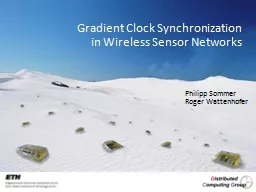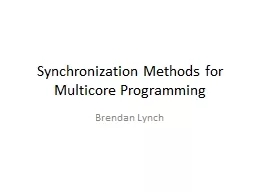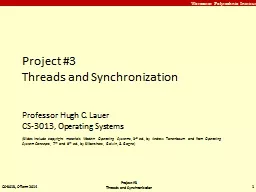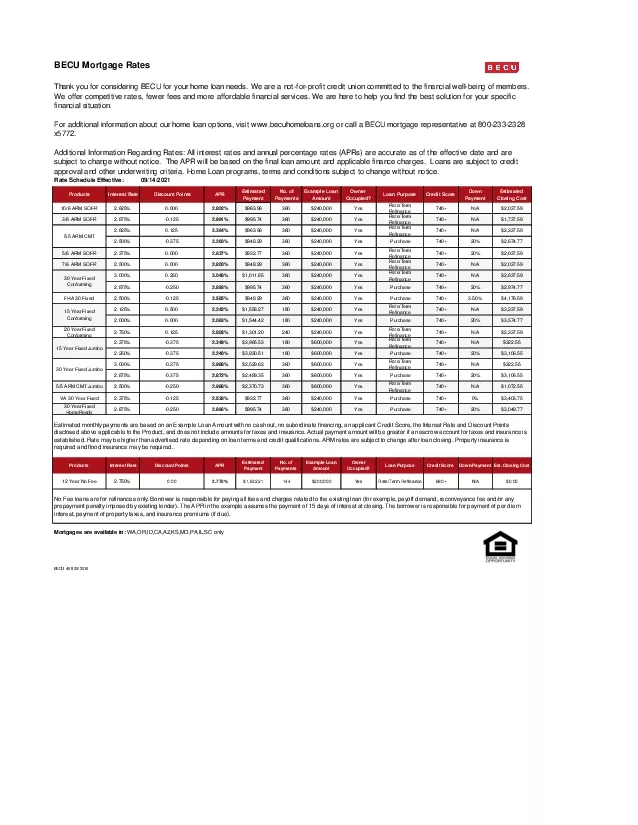PPT-Synchronization 15-740 Spring’18
Author : doggcandy | Published Date : 2020-07-03
Nathan BeckmanN Types of Synchronization Mutual Exclusion Locks Event Synchronization Global or groupbased barriers Pointtopoint producerconsumer Simple ProducerConsumer
Presentation Embed Code
Download Presentation
Download Presentation The PPT/PDF document "Synchronization 15-740 Spring’18" is the property of its rightful owner. Permission is granted to download and print the materials on this website for personal, non-commercial use only, and to display it on your personal computer provided you do not modify the materials and that you retain all copyright notices contained in the materials. By downloading content from our website, you accept the terms of this agreement.
Synchronization 15-740 Spring’18: Transcript
Download Rules Of Document
"Synchronization 15-740 Spring’18"The content belongs to its owner. You may download and print it for personal use, without modification, and keep all copyright notices. By downloading, you agree to these terms.
Related Documents














